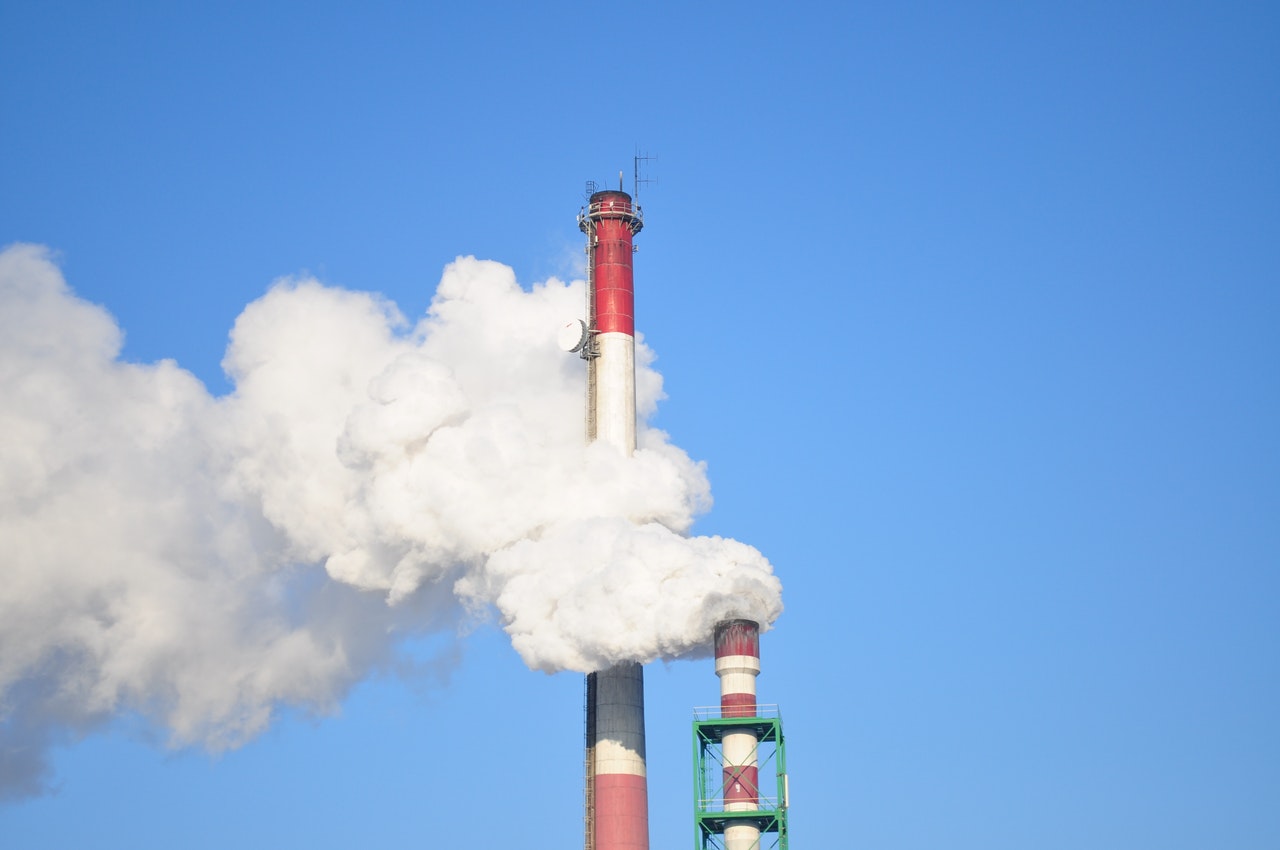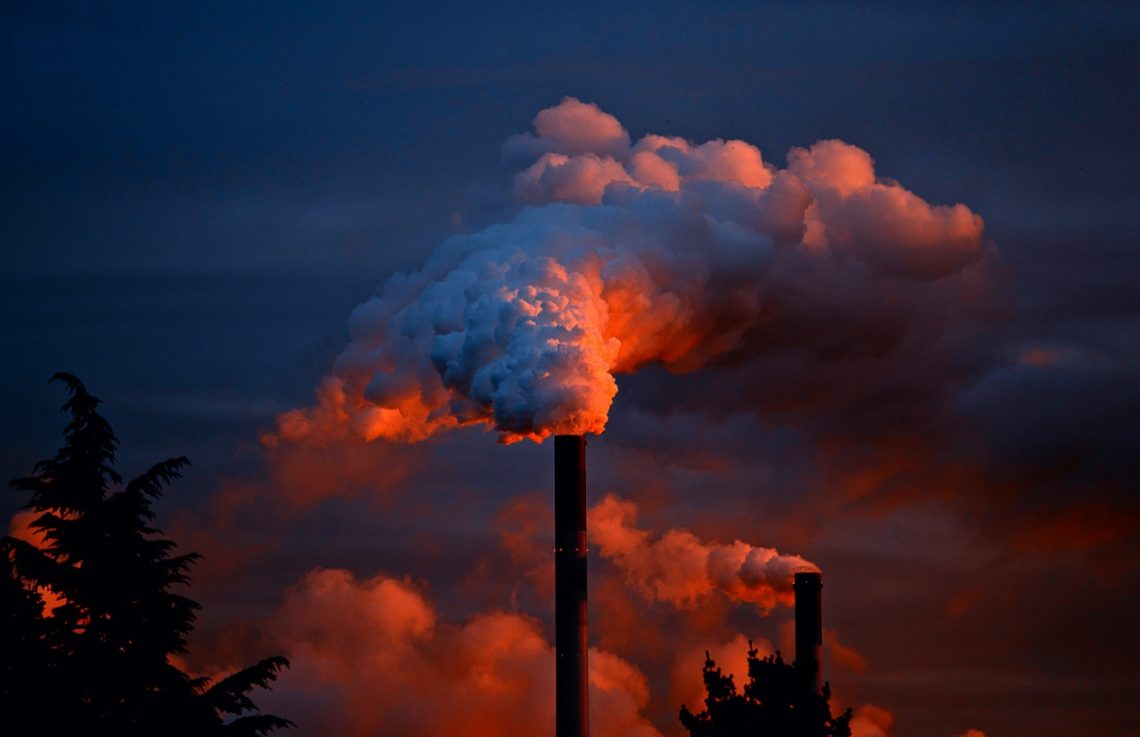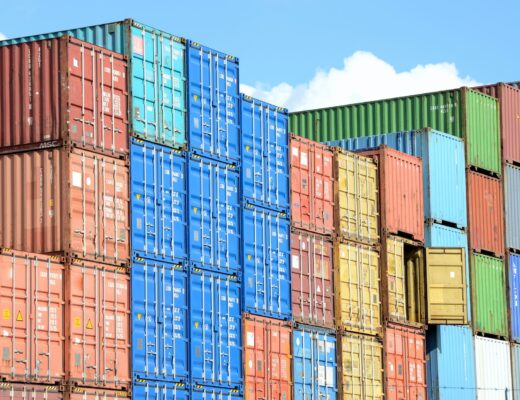The EU decides how to reduce carbon emissions
European countries are clearly following a zero-emissions strategy. To this end, a huge number of measures are being introduced, and coal-fired power plants are being shut down. According to the plan, by 2030 carbon emissions should be reduced by 50% compared to what they were in 1990. And previously the target was to reduce by 40%, the changes were made after the summit, where the presidents of the European Union countries met. Representatives of the EU stated that they intend to take a leading position in the world in the fight against climate change. Therefore they want to achieve zero emissions by 2050.
This decision means that European states will significantly reduce the import of raw materials, including oil and gas. To achieve the goals, the countries need to radically reform the energy sector, because it is responsible for most of the emissions.
A separate issue at the summit was Poland. The fact is that the country still generates 70% of its energy from coal-fired power plants. Therefore, the country needs more time to implement a zero-emissions strategy. Experts have calculated that investments of a trillion euros are needed to implement the plan in all EU member states. Most of it, 750 billion euros, will go to the Economic Recovery Fund. This money will be spent on the development of alternative energy and projects related to it. The EU government plans to receive 350 billion euros through duties to be imposed on the supply of products from states with high emission levels.
Experts have calculated that investments of a trillion euros are needed to implement the plan in all EU member states. Most of it, 750 billion euros, will go to the Economic Recovery Fund. This money will be spent on the development of alternative energy and projects related to it. The EU government plans to receive 350 billion euros through duties to be imposed on the supply of products from states with high emission levels.
As part of its environmental strategy, Germany analyzed liquefied natural gas for its environmental hazards. Experts found that the raw material, which is produced by means of fracking, is as harmful to the environment as coal. Yet natural gas that is transported by pipeline has less impact on the climate.
The German government is therefore inclined to use natural gas as an alternative to oil and coal until green energy can fully meet the country’s needs. However, in this case it is worth paying attention to the emissions that occur during extraction and transportation.
According to German experts, shale gas will also not give the desired effect to reduce environmental damage. However, it is not as harmful as frac. This process is used to fracture solid rock, as a result of which gas comes to the surface. To do this, a mixture of sand, various chemicals and water is poured into the pressure riser under hydraulic pressure.
Environmentalists say that this extraction method increases the risk of localized earthquakes and can also cause poisoning of groundwater.










